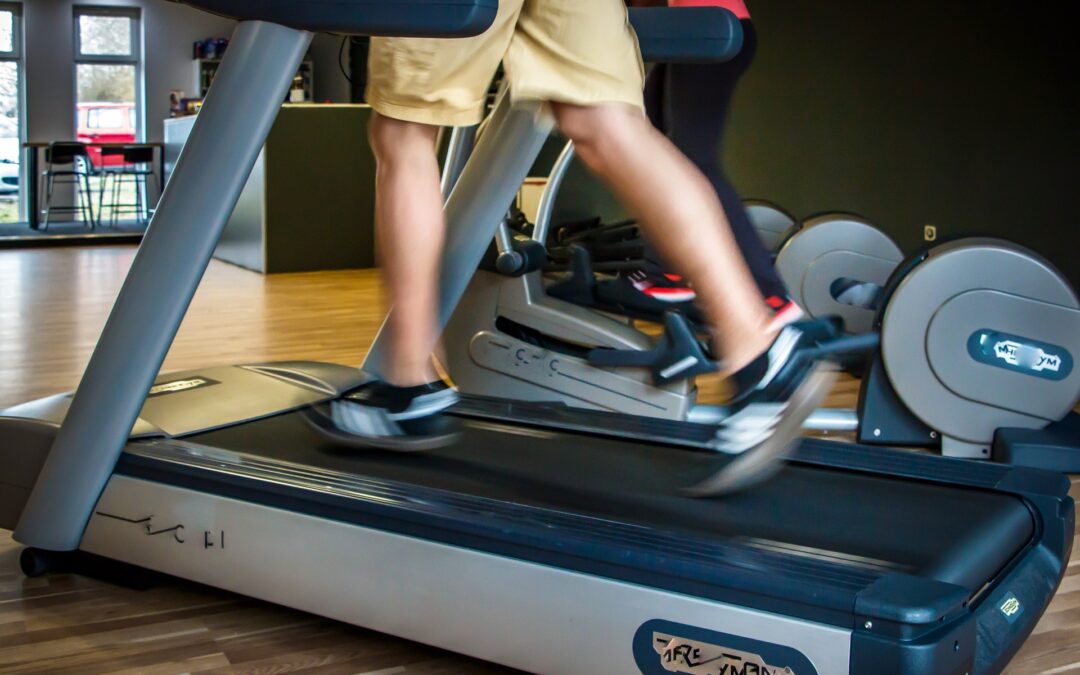Is early activity resumption after paediatric concussion safe and does it reduce symptom burden at 2 weeks post injury? The Pediatric Concussion Assessment of Rest and Exertion (PedCARE) multicentre randomised clinical trial
Ledoux AA, Barrowman N, Bijelić V, Borghese MM, Davis A, Reid S, Sangha G, Yeates KO, Tremblay MS, McGahern C, Belanger K, Barnes JD, Farion KJ, DeMatteo CA, Reed N, Zemek R; PERC PedCARE Concussion team. Br J Sports Med. 2021 Nov 26:bjsports-2021-105030. doi: 10.1136/bjsports-2021-105030.
Full Text Freely Available
Take-Home Message
Young patients who started physical activity 72 hours after a concussion had similar concussion symptoms two weeks after an injury as patients who waited until being asymptomatic to start physical activity.
Background
Clinicians may recommend a brief period of rest after a concussion before starting early physical activity to help a patient recover from their signs and symptoms. However, we lack high-quality evidence to validate this concussion management strategy among pediatric patients with an acute concussion. Therefore, medical professionals are unsure if it is safe to begin early physical activity programs in younger patients.
Study Goal
Ledoux and colleagues conducted a randomized controlled trial to assess whether resuming physical activity at 72 hours post-concussion is safe and reduces symptoms at 2 weeks, compared with resting until asymptomatic.
Methods
The researchers recruited 456 participants between March 2017 to December 2019 from 3 Canadian pediatric emergency departments. The study staff recruited patients (10 to 17 years of age) diagnosed with a concussion within 48 hours of injury. The staff excluded patients that 1) scored <13 on the Glasgow Coma Scale, 2) were intubated upon admission, 3) had a pre-existing neurological disorder, or 4) received an abnormal CT or MRI report. Participants completed a demographic questionnaire (concussion, migraine history, injury characteristics), Health and Behaviour Inventory (HBI), and the balance error scoring system (BESS) test. Researchers then randomized the participants into 1 of 2 groups: 1) Control group = rested until asymptomatic before progressing to physical activity (173 out of 229 people completed; 44% female) or 2) PA group = performed physical activity starting 72 hours after injury no matter if still symptomatic (180 out of 227 patients completed; 46% female). Each group performed the same return to activity progression except for the time of initiation (control group started when asymptomatic) and level of symptoms allowed during each stage (control group stopped with any symptoms, PA group stopped if symptoms became intolerable).
Results
The control group more often reported a concussion history (37%) than the PA group (29%). Based on accelerometry data, about 68% of the PA group adhered to their protocol, whereas 60% of the control group adhered. Overall, the groups had similar outcomes at 2 weeks and no adverse outcomes. When the authors looked at the participants who adhered to the protocols, they found that the PA group reported fewer symptoms than the control group 2 weeks after a concussion.
Viewpoints
Overall, the authors showed that young patients who started physical activity 3 days after a concussion regardless of symptoms had similar outcomes to youth that waited until they were asymptomatic before starting physical activity. However, neither group adhered to their recommended protocol. Future studies should identify strategies to improve adherence and reassess if young patients that adhere to an early physical activity protocol experience better outcomes. Lastly, it would be interesting to know if early physical activity would help other common concussion outcomes (e.g., emotional problems or vestibular and oculomotor dysfunction).
Clinical Implications
Clinicians should be aware that early physical activity does not increase someone’s risk of prolonged concussion signs and symptoms. Therefore, early resumption of progressive physical activity 72 hours after a concussion, even while symptomatic, could be a valuable component of a concussion management and rehabilitation protocol. Clinicians should identify ways to increase adherence to the protocol (e.g., making it more game like, ensuring the patient is involved in forming the goals).
Questions for Discussion
Do you encourage your student-athletes to come in for concussion rehab and perform early physical activity? Do you think early physical activity could help promote better recovery in the long term? Why or why not?
Related Posts
1. Physical Activity Within 7 Days May Lead to Better Long-Term Outcomes After a Concussion
2. Walking Speed Impacted Up to 2 Months Post Sports Concussion
3. No Strict Rest for the Weary or Concussed
4. Concussions: Is Submaximal Exercise Medicine?
Written by: Jane McDevitt
Reviewed by: Jeffrey Driban


